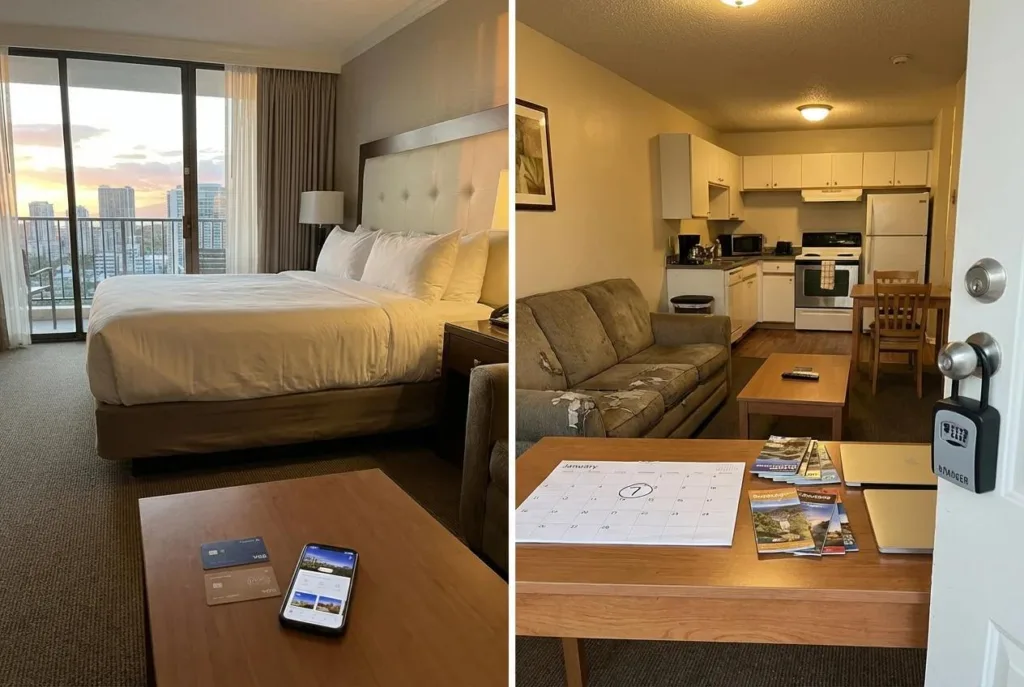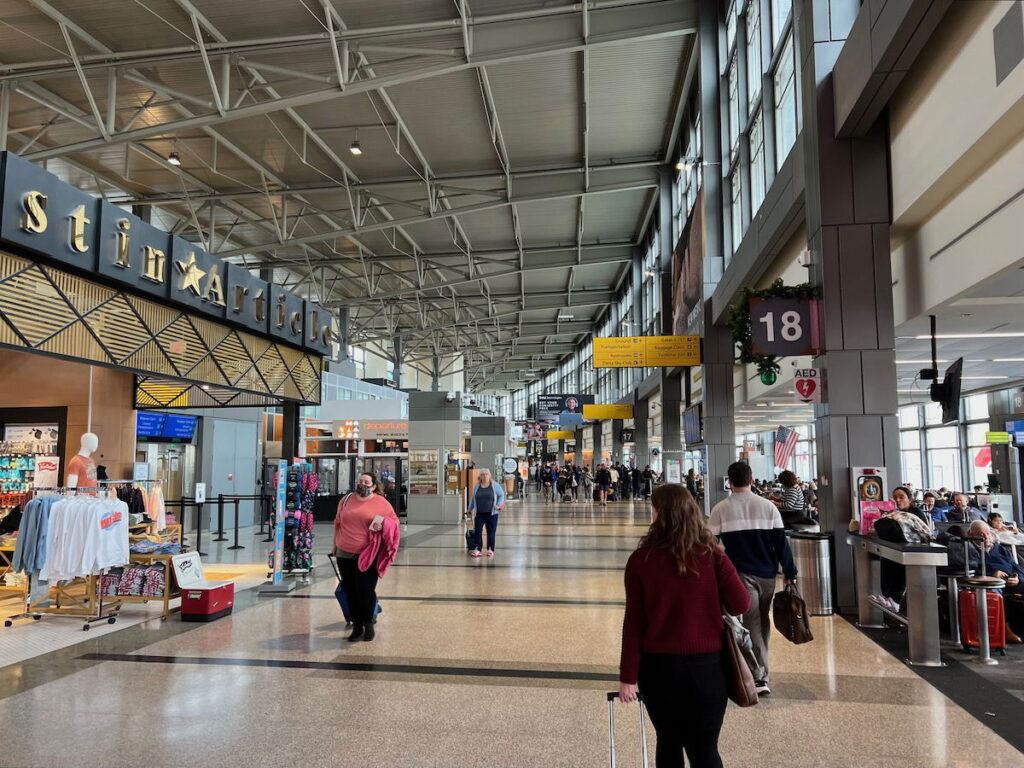
Securing Domestic Travel Awards and JR Pass Seats: Obon 2025
Obon is one of the most fascinating midsummer traditions you can experience in Japan. When August rolls around, I’ve noticed just how much the atmosphere shifts—families gather, businesses operate on shortened schedules, and towns light up with bright lanterns and colorful dances. At its core, Obon is all about honoring ancestral spirits, but the festival also features a unique blend of solemn remembrance and lively communal celebrations.
What Is Obon?
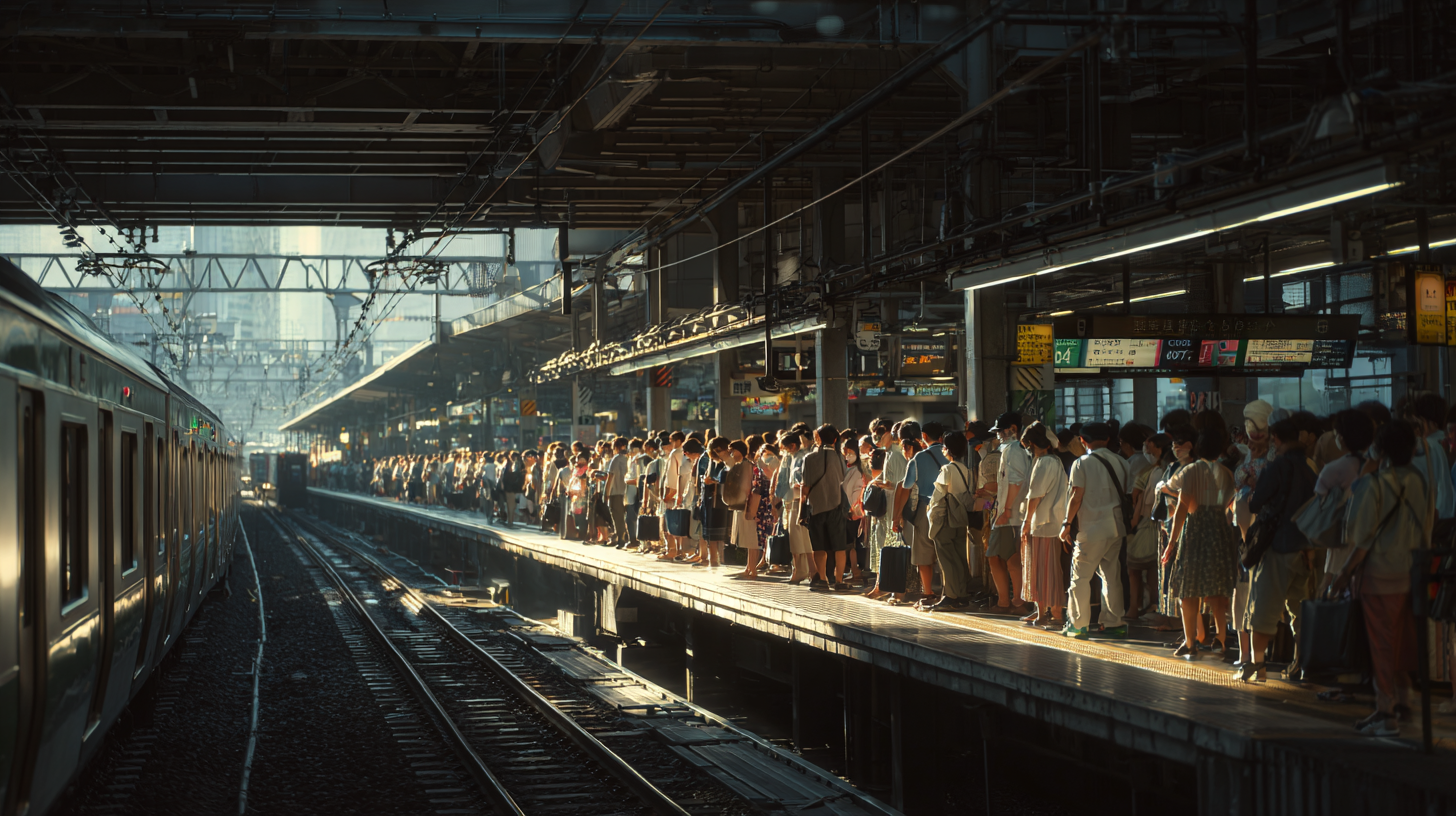
Rooted in a Buddhist legend, Obon falls on August 13–15 in most regions of Japan. According to the story, Mokuren (or Mogallana) rescued his mother from hell, prompting dances of gratitude that evolved into the bon odori performances common today. I’ve always found it moving to see families setting out offerings and lighting lanterns to guide their ancestors’ spirits home. In many places I’ve visited, people also gather for spirited ghost stories, which add a playful spin to the otherwise reflective atmosphere.
A recent study suggests over half of Japan’s residents participate in some form of Obon activity each year, whether it’s visiting ancestral graves or attending local festivals. These events often feature bonfires, “floating lantern” ceremonies on local rivers, and even massive fireworks displays. It creates a sense of unity—neighbors, relatives, and even travelers join together in both reverence and celebration. Although Obon isn’t classified as a nationwide holiday, I’ve seen how entire communities effectively pause during these days to focus on remembering the past.
Don’t be surprised if you find grocery stores or family-run businesses with limited hours during Obon. The shortened schedules reflect the cultural priority of spending time with loved ones. My tip is to plan your meals and errands ahead, so you’re not scrambling to find an open restaurant or convenience store on a sweltering summer day.
The 2025 Calendar: Travel Dates and Crowds

In 2025, Obon stretches from August 13 to 15 (Wednesday through Friday), but experienced travelers like me know the real rush starts even earlier—around August 9—and can last until August 18. During these peak intervals, Tokyo Station becomes a whirlwind of suitcases, families, and cheerful summer vibes. Highways and airports also fill up as domestic tourists flock to their hometowns or family gatherings. According to industry data, major airports like Haneda and Kansai see a noticeable spike in passenger volume, often hitting near capacity on popular departure dates.
There’s also the buzz around Expo 2025 in Osaka fueling extra travel excitement. I’ve observed that any big event draws more visitors to Japan who want to combine holiday festivities with sightseeing. If you’re hoping for a hassle-free experience, it’s vital to reserve accommodations and transportation well in advance. I’ve seen hotel rates soar during Obon, so booking early can save both money and peace of mind.
Flights may be busier than usual, trains will likely be standing-room-only if you wait until the last minute, and the summer heat can be relentless. From my own experience, hydrating and pacing yourself is key. Expect humidity, sudden rain showers, and perhaps a typhoon alert or two—late summer in Japan can be unpredictable. Watching local weather reports or following a reliable news feed helps ensure you’re not caught off-guard.
Domestic Flight Awards: Locking In Seats Early

When it comes to domestically redeeming frequent flyer miles, I’ve learned that Obon is hands-down one of the most competitive times of the year. Airlines typically release award inventory months ahead, which means punctual planning can’t be stressed enough. If you wait too long, you might miss out on convenient route options, particularly for top-demand corridors like Tokyo–Osaka, Tokyo–Fukuoka, and Sapporo–Tokyo.
A practical approach is to set up award seat alerts—some carriers and loyalty programs allow you to track mile availability. In my own award searches, I’ve sometimes found minor departure time differences can drastically change the redemption cost. According to a 2024 Japan Airlines data report, routes between Tokyo and regional centers can fill up roughly 40% faster during Obon compared to off-peak periods. So if you’re eyeing those prime flight times, jump on them the moment they appear.
I’ve also encountered situations where the airline’s website might not show all possible redemption combinations, especially for connecting flights. In these cases, I recommend calling the airline’s customer service or using partner booking tools that can unearth hidden award seats. Patience is your friend—thorough digging often yields unexpected open seats.
JR Pass and Shinkansen Tips

Japan’s famed bullet trains—better known as Shinkansen—see an influx of riders during Obon as well. If you hold a JR Pass, I strongly encourage you to make your seat reservations as soon as you arrive. Although some online reservation platforms, such as Shinkansen-Ticket.com, facilitate advance booking, I’ve found it wise to confirm seats in person at larger stations if you can. Nothing beats speaking face-to-face with a ticket agent, especially if you have specific route or timing preferences.
One advantage of reserving seats is obvious: you avoid standing-room-only cars that can get crowded, hot, and downright uncomfortable when you’re stuck in the aisle. A friend from Hokkaido told me about traveling without a reservation during Obon—he spent most of the trip barely able to move in a packed carriage. Spare yourself that experience by booking early!
I often remind fellow travelers that not all Shinkansen trains are created equal. For instance, Nozomi trains on the Tokaido/Sanyo Shinkansen aren’t fully covered by the standard JR Pass, which can be a surprise for first-timers. Stick with Hikari or Sakura services if you’re using the basic Japan Rail Pass. Doing a bit of homework on train schedules makes a world of difference, ensuring you’re not left waiting on a crowded platform, sweating in the August heat.
Extra Tips for a Smooth Obon Experience
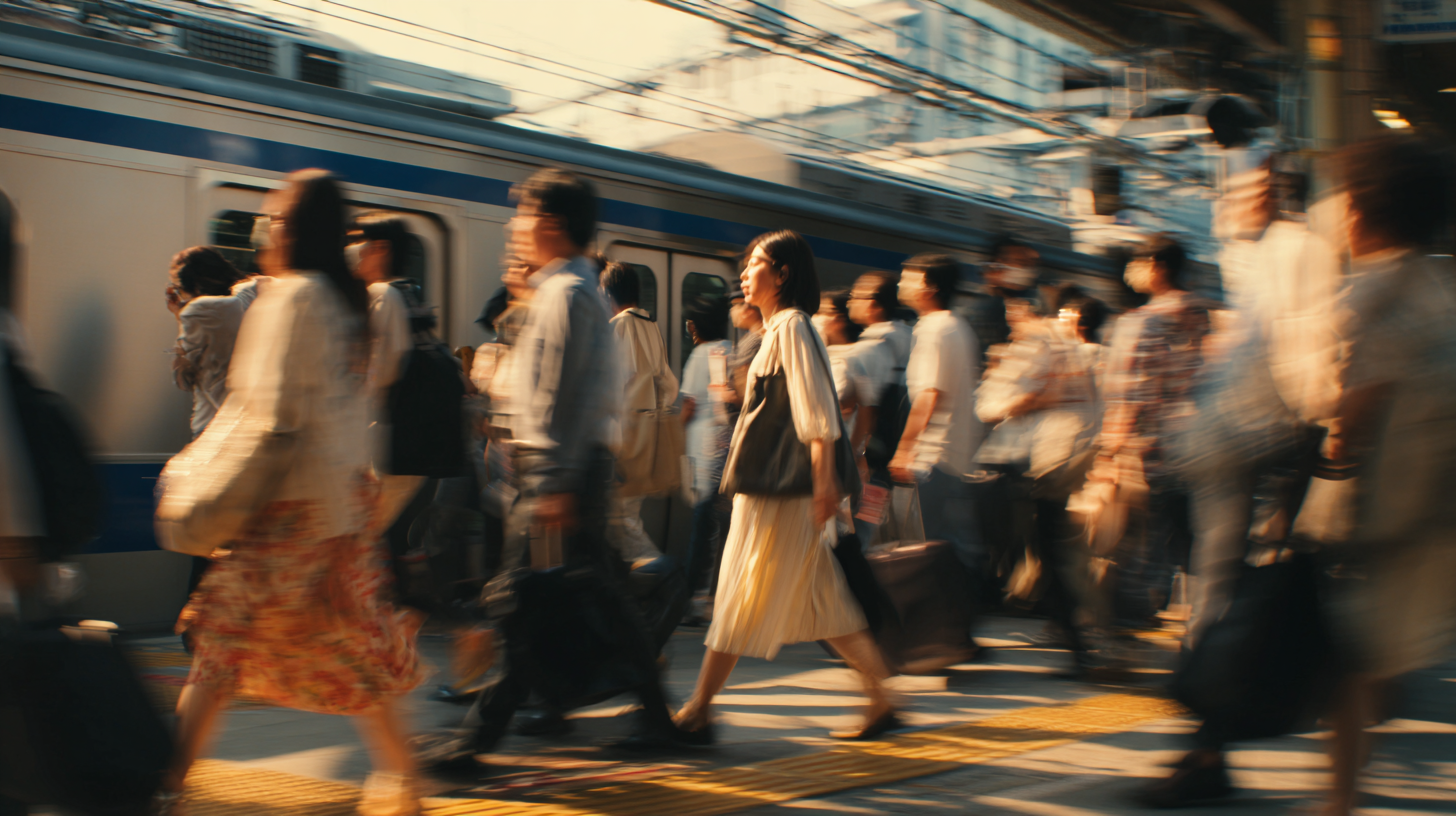
Traveling during Obon calls for a different level of preparation. First off, I recommend packing as lightly as possible. Maneuvering a rolling suitcase up and down the stairs at rush hour in Tokyo Station can be a challenge. Having a compact backpack or duffel can help you slip through tight station corridors and busy train cars more easily.
Another trick I use is to schedule extra travel buffer time. If you’re transferring trains in a major hub like Shin-Osaka or Tokyo Station, aim to arrive 15 or 20 minutes earlier than you normally would. According to a report by the Japan Travel Bureau, the wait times for ticket gates and baggage checks can double during peak holidays. A comfortable time cushion helps you catch your ride without the stress of sprinting through packed crowds.
Finally, I urge you to soak up the cultural side of Obon. Many local communities grant visitors a warm welcome at bon odori dances. In my experience, learning even a few basic dance steps lets you connect with locals on a personal level and leave with deeper memories. Bring a light yukata if you have one, or simply wear comfortable clothes to join the fun.
Final Thoughts
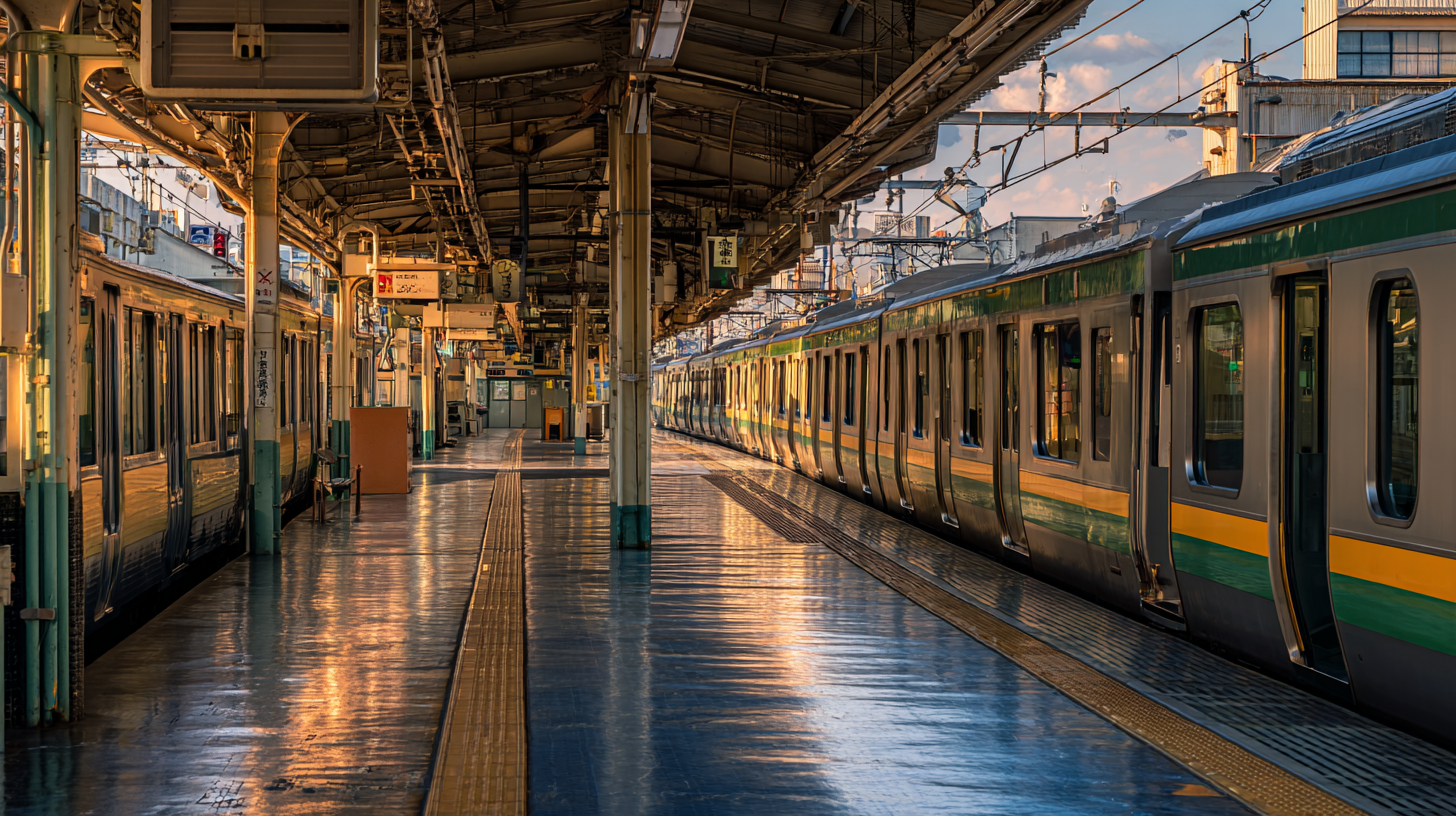
Obon 2025 promises an unforgettable blend of traditions, bustling travel scenes, and treasured family moments. From my perspective, the key to a rewarding trip is thorough research and early reservations—for both flights and trains. If you’re patient and smart about booking, you can unlock award tickets on popular routes and reserve comfortable Shinkansen seats, even when it feels like the whole country is on the move.
Japan’s summer heat and strong community bonds elevate Obon into an experience unlike any other. It’s not just a vacation window—it’s a chance to step into local festivals and connect with the meaning behind age-old customs. While it can bring challenges like crowded trains and potential typhoon warnings, the payoff is a unique cultural immersion that’s well worth the effort.
Sky Skylar’s Take
I’ve always been struck by how Obon brings out Japan’s perfect balance of reflection and celebration. There’s a sacred beauty in seeing lanterns light the path for returning spirits while entire towns dance to celebrate life. From a travel standpoint, this blend of tradition and summertime hustle never fails to impress me.
Whether you’re a curious first-timer or a seasoned Japan traveler looking to revisit cherished memories, Obon holds surprises. I can’t think of a better way to honor the past while embracing the present energy of Japanese culture.





